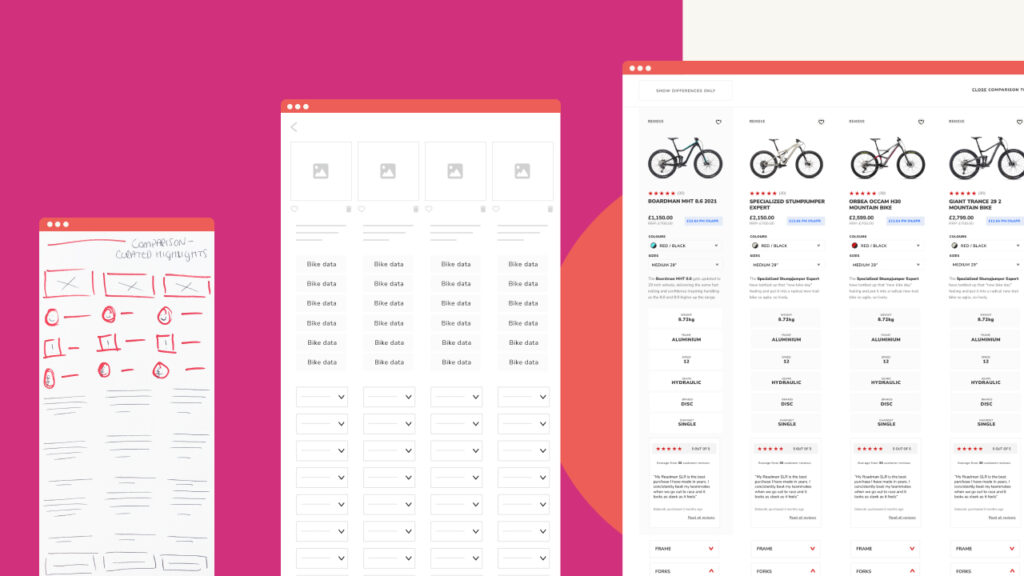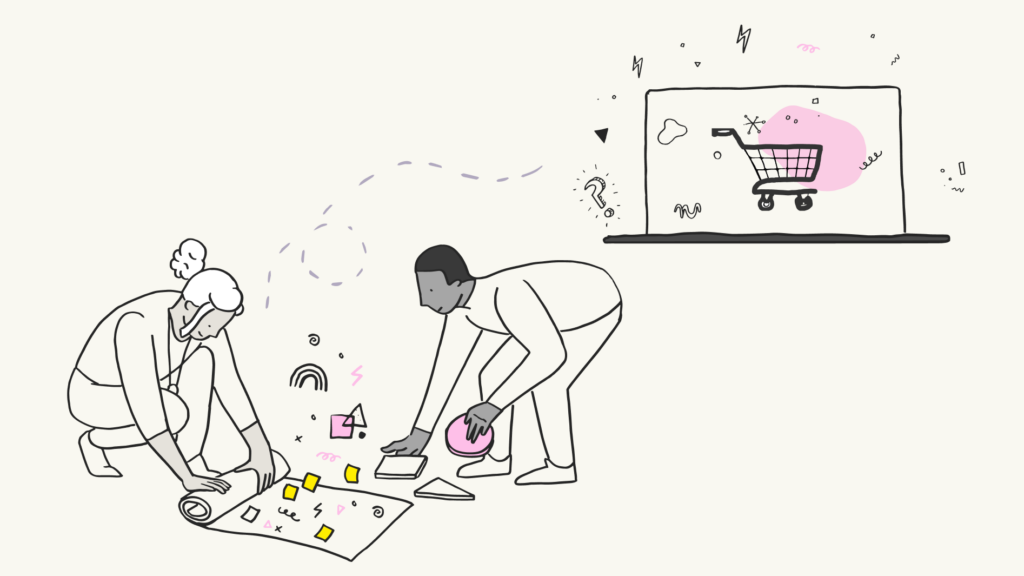Companies are increasingly realising the importance of user experiences in their digital endeavours, and so the current landscape is brimming with employers looking to fill the post of UX Designer. But this title is attached to a myriad of UX skills and requirements. And with a litany of acronyms and sector-specific job titles to grapple with (for example, in the public sector, you may find the role referred to as interaction designer), it can be difficult to determine if a position is really in-line with your skills. In many cases, these sought-after skills often overlap with roles that would traditionally be done by two separate people.
At the end of the day, the job title isn’t as important as the work itself. The role of a UX Designer is often determined by the context of where that person fits into the company and the employer’s familiarity with user experience work. In larger corporations, and when working in a larger team, the role may be well defined and distinct. Whereas in a start-up, the company may require an all-rounder who can do a bit of everything. Some employers simply feel they need to add ‘UX’ to a title, as that’s what is expected in the current market, but in reality the role may not involve users in their work at all.
So, how do you navigate these roles and figure out what the right UX role is for your skillset?
Let’s start with looking at the core aspects of a good user experience:
- Utility (usefulness)
- Usability (ease of use)
- Appeal (aesthetics)
- Engagement (enjoyment/motivation)
Think about where your strengths lie. Is it in achieving utility and usability, or creating appeal and engagement? Although all four aspects need to be considered and understood to achieve the best work possible, it’s not necessarily always down to one person to cover all bases.
Nomensa is a user experience agency with offices in Bristol, London and Amsterdam. Our work can be divided into two roles: UX Consultant and UX Designer (I have seen both these roles being described as ‘UX Designers’ in the past). UX Consultants’ strengths tend to lie more heavily in utility and usability, while UX Designers’ lean towards appeal and engagement.
What does a UX Consultant do?
A UX Consultant will begin by focusing on research. This ensures that whatever the proposed solution is, it is based on solid fact-based rationale (utility). The consultants at Nomensa often have a psychology or HCI (human computer interaction) background which really helps in this part of the job. The UX Designer will then work together with the UX Consultant to create the solution based on the research findings (usability).
What does a UX Designer do?
The UX Designer takes on how the solution – and any documentation created – will look and feel (appeal). It is also their job to ensure that the solution creates the right emotions and feelings research has found it will need to provide (engagement); for instance, creating a sense of reassurance within a banking app. UX Designers often come from creative backgrounds such as graphic design or product design.
There is a known overlap between the two roles and that’s something we take advantage of. We strongly believe in working the power of two, where both disciplines bring their skills and perspectives to the table and work together to create a well-rounded solution. More recently, we have also begun working the power of three, wherein a copywriter joins the team.

UX Consultant and UX Designers at Nomensa have a strong overlap of skills and knowledge that we like to take advantage of.
Working together on a solution also means that both parties learn from one another. So, although each has their specialisms, they can expand their individual knowledge and improve their perspective of the solution for the next project. Those that have strengths in both camps are usually known as a ‘hybrid’ or ‘unicorn’. There are a few who span the entire spectrum from research through to visual design, though it’s relatively unusual. We have a few people like this at Nomensa, but usually they don’t cover both bases alone.
If we overlay the skills and knowledge needed for both disciplines with the services we provide, you can see how both roles assist in all areas in different ways.
This collaborative approach has brought success for a lot of our clients and many Nomensans speak of how much they love working in this way.
So, next time you’re looking for a new role, try to find out the key skills they are looking for and ask yourself where you fall on the spectrum, and whether the position aligns to your strengths. The context of where the role falls within an organisation really does determine this.
You may be a solo UX practitioner or work as part if a collaborative team. Just make sure you’re not spreading yourself thin instead of focusing on the stuff you’re really good at and more importantly, that you love the work you do.
We drive commercial value for our clients by creating experiences that engage and delight the people they touch.
Email us:
hello@nomensa.com
Call us:
+44 (0) 117 929 7333




